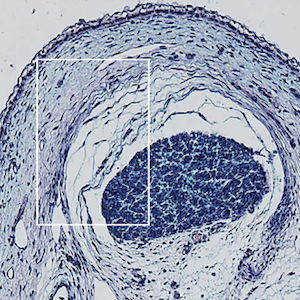On the early uses of the word ‘gout’: novel evidence and a critical assessment of the published literature
All claims expressed in this article are solely those of the authors and do not necessarily represent those of their affiliated organizations, or those of the publisher, the editors and the reviewers. Any product that may be evaluated in this article or claim that may be made by its manufacturer is not guaranteed or endorsed by the publisher.
Accepted: 17 March 2024
Authors
Recognized since antiquity, gout is still a relevant pathology with rising prevalence and incidence. This study aims to assess the reference accuracy in journal articles mentioning the early use of the word ‘gout’. Specifically, it investigates whether the term was indeed coined in the 13th century by the Dominican monk Randolphus of Bocking, as widely believed. Several historical sources in their original Latin were consulted to test the hypothesis of literary mentions predating Randolphus of Bocking’s description. At the same time, biomedical articles spanning the last two decades were perused using specific keywords in different combinations to determine the accuracy level of references related to the earliest use of the word ‘gout’. The results showed that several biomedical publications wrongly ascribed the origin of the word ‘gout’ to Randolphus of Bocking. Indeed, various texts predate his mention by many years. In particular, gutta, the Latin word used to indicate a host of rheumatological conditions including gout, is recorded as early as the 10th century in a biography dedicated to the martyred nun Saint Wiborada of St. Gall. Written by Swiss monks between AD 960 and 963, this text should be regarded as containing the earliest known adoption of the word. For this reason, scholars should now avoid quoting Randolph of Bocking’s description as the first use of the word ‘gout’ in Western literature.
FAPAB Research Center, Avola, Italy
How to Cite

This work is licensed under a Creative Commons Attribution-NonCommercial 4.0 International License.










